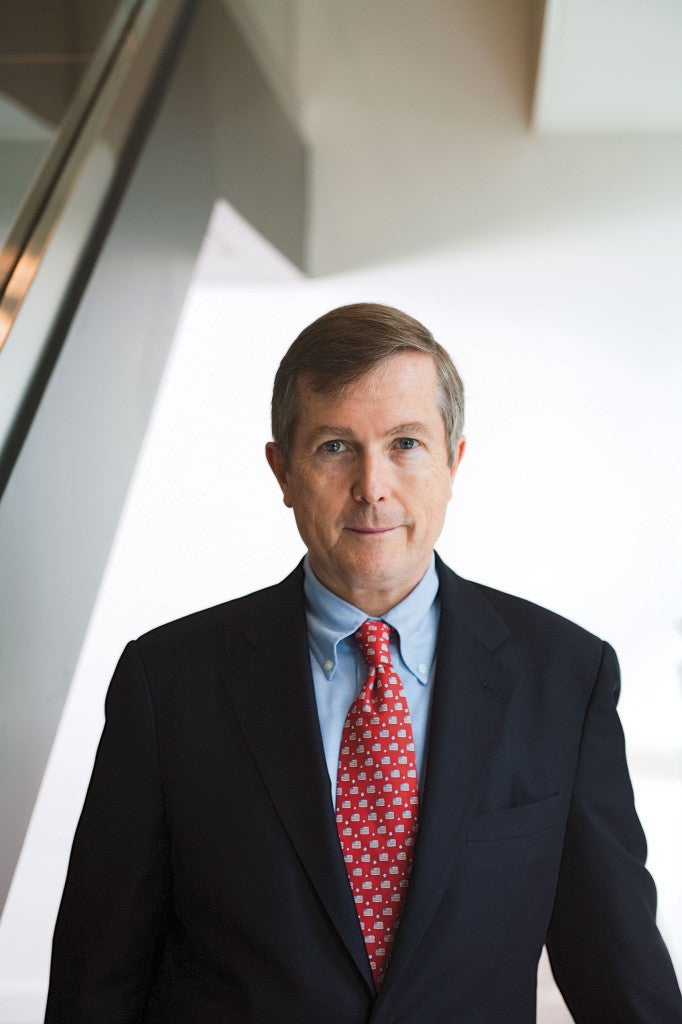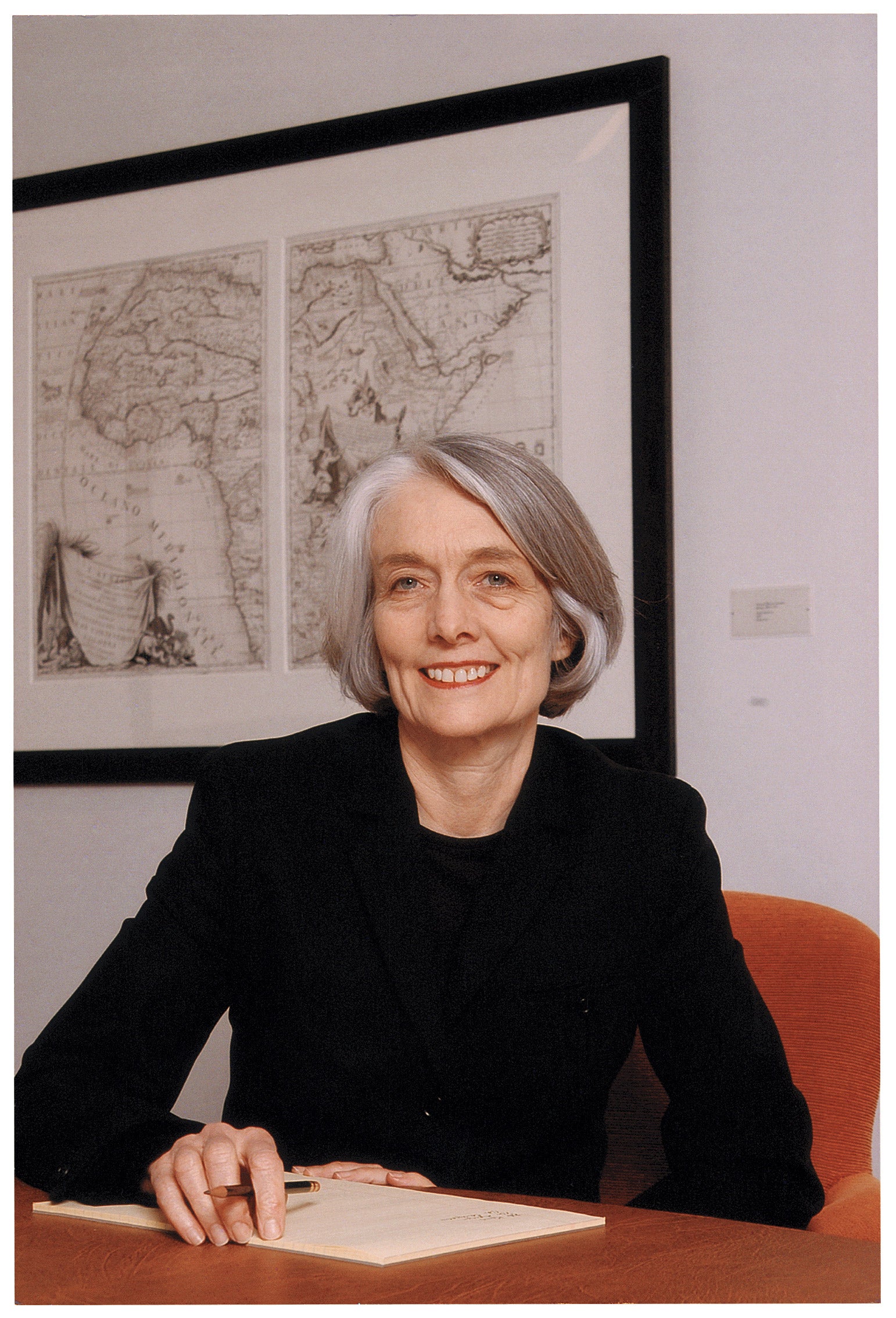From new alumni to retirees, broad-based giving is the lifeblood of HLS
Marquee gifts get the most attention, but the smaller, annual donations to the Harvard Law School Fund are just as or more important in enabling the school to create and run many new programs.
Each year, about 9,000 alumni and friends of the school give a total of more than $8 million to the Fund. During the recently concluded campaign, the Fund raised $62,695,801 ($22,695,801 more than its goal), and the average gift was $748.
Unlike many large gifts to the campaign that underwrite large-scale projects such as new building construction, these unrestricted donations support HLS’s day-to-day operations. And they help keep tuition down, says Peter Krause ’74, who recently completed a three-year term as Fund chairman.
They also give Dean Elena Kagan ’86 flexibility to create new student initiatives, both large and small, from new reading groups to morning coffee for students. In all, the contributions cover about 10 percent of the school’s annual budget.
“Annual giving is the lifeblood of the school,” says Kagan. “It’s absolutely vital that it continue to grow.”

Krause says he was just as happy to receive $100 gifts from new alumni or retirees as he was to hear about larger gifts. “Everything counts,” he says.
Part of the challenge, says Mike Cooper ’60, a former chairman of the Fund, is overcoming the misperception that Harvard Law School already has all the money it will ever need in its endowment.
“It’s a very common, widely held perception,” says Cooper, who is serving as the vice chairman for Dean’s Associates and Langdell Giving on the new Fund Advisory Council.
The success of the Fund hinges on participation by hundreds of alumni volunteers, ranging from reunion gift committee members to class agents. At the top of the effort is the Fund chairperson, who helps recruit the army of volunteers and solicits gifts.
That position was held by Susan Lytle Lipton LL.M. ’71, starting in 2003, who was one the Fund’s most articulate and tireless advocates. Building on Lipton’s work, Krause, who took over in 2005, led the Fund during its three most successful years—even as the school simultaneously continued a campaign primarily focused on larger gifts. In his first year, Krause guided the Fund to a one-year record of $8.7 million.
“It’s absolutely important that annual giving continue even when we have a campaign,” says Krause.
Cooper says the Fund’s success in recent years is a function of Krause’s “very, very energetic” work on its behalf.
John ’81 and Lynn Ashby Savarese ’81 succeeded Krause as chairs in July.
Teaching by Example
Harvard Law School’s faculty are a diverse group—from their fields of expertise to their politics and their teaching styles. But one common theme, which became evident during the campaign, was support for the institution they are part of.
At its close, the faculty campaign had achieved a 97 percent participation rate, raising $1.7 million, with most gifts going toward the Harvard Law School Fund. John F. “Jack” Cogan Jr. ’52, who chaired this effort, calls it “an extraordinary story.”
During the previous campaign—completed in 1995—faculty gave, says Cogan, but this time the participation was even broader, including not just tenured faculty but assistant and clinical professors as well. “I don’t think there is any school at Harvard that has such broad participation of the faculty,” he says.
Professors who spearheaded the effort were William Alford ’77 as well as John Coates, Andrew Kaufman ’54, Robert Mnookin ’68, Carol Steiker ’86 and David Wilkins ’80.
“I’m thrilled with this,” says Cogan. “It’s a statement of support. It brings the alumni and the faculty in a philosophical sense very much closer together.”
